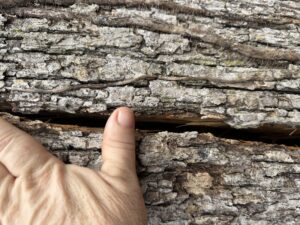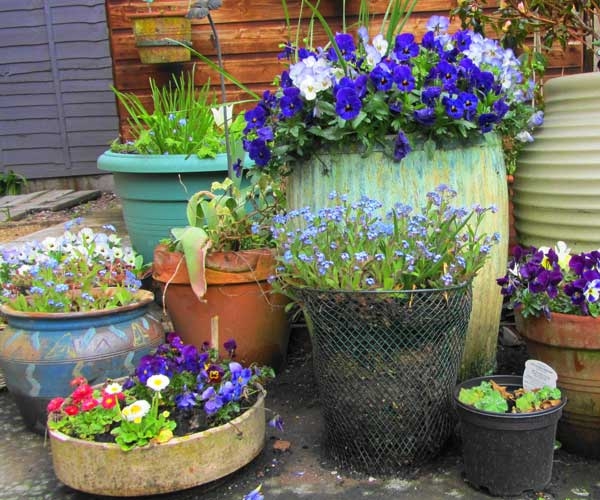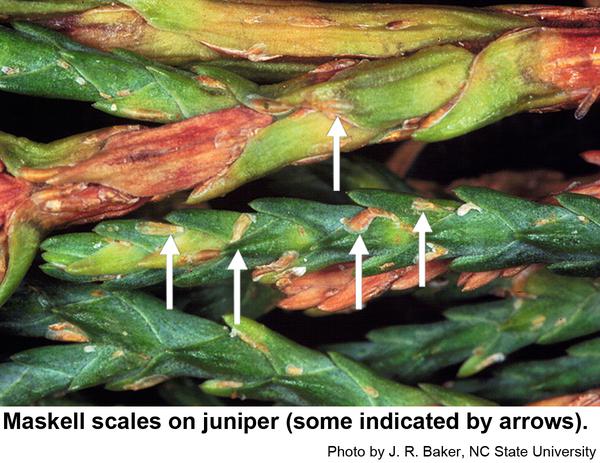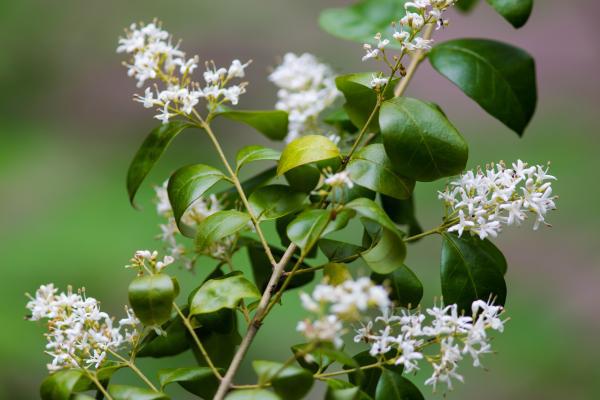The Buzz on Pollinators: Creating a Bee- and Butterfly-Friendly Garden
** Article written by Angela Mason, Extension Master Gardener℠ Volunteer, Beaufort County Center** As gardeners, we often focus on beautiful …



El inglés es el idioma de control de esta página. En la medida en que haya algún conflicto entre la traducción al inglés y la traducción, el inglés prevalece.
Al hacer clic en el enlace de traducción se activa un servicio de traducción gratuito para convertir la página al español. Al igual que con cualquier traducción por Internet, la conversión no es sensible al contexto y puede que no traduzca el texto en su significado original. NC State Extension no garantiza la exactitud del texto traducido. Por favor, tenga en cuenta que algunas aplicaciones y/o servicios pueden no funcionar como se espera cuando se traducen.
Inglês é o idioma de controle desta página. Na medida que haja algum conflito entre o texto original em Inglês e a tradução, o Inglês prevalece.
Ao clicar no link de tradução, um serviço gratuito de tradução será ativado para converter a página para o Português. Como em qualquer tradução pela internet, a conversão não é sensivel ao contexto e pode não ocorrer a tradução para o significado orginal. O serviço de Extensão da Carolina do Norte (NC State Extension) não garante a exatidão do texto traduzido. Por favor, observe que algumas funções ou serviços podem não funcionar como esperado após a tradução.
English is the controlling language of this page. To the extent there is any conflict between the English text and the translation, English controls.
Clicking on the translation link activates a free translation service to convert the page to Spanish. As with any Internet translation, the conversion is not context-sensitive and may not translate the text to its original meaning. NC State Extension does not guarantee the accuracy of the translated text. Please note that some applications and/or services may not function as expected when translated.
Collapse ▲** Article written by Angela Mason, Extension Master Gardener℠ Volunteer, Beaufort County Center** As gardeners, we often focus on beautiful …
**Article written by Angela Mason, Extension Master Gardener℠ Volunteer of Beaufort County** There’s something deeply satisfying about walking into a …
**This article written by Angela Mason, Beaufort County Extension Master Gardener Volunteer** Few plants capture the imagination quite like orchids. …
(This article was written by Angela Mason Foster, Extension Master Gardener℠ Volunteer) If you’ve spent more than five minutes on …
(This article was written by Angela Mason Foster, Extension Master Gardener℠ Volunteer) There’s something irresistibly nostalgic about African violets. Maybe …
(This article was written by Angela Mason Foster, Extension Master Gardener℠ Volunteer) When most people think of houseplants, their minds …
(This article was written by Angela Mason Foster, Extension Master Gardener℠ Volunteer) Gardeners know that healthy soil is the foundation …
(This article was written by Angela Mason Foster, Extension Master Gardener℠ Volunteer) Few plants have shaped human civilization as profoundly …
(This article was written by Angela Mason Foster, Extension Master Gardener℠ Volunteer) I was recently answering Greenline and got a …
(This article was written by Angela Mason Foster, Extension Master Gardener℠ Volunteer) As spring approaches, gardeners everywhere are preparing to …
(This article was written by Angela Mason Foster, Extension Master Gardener℠ Volunteer) With spring on the horizon, it’s the perfect …
(This article was written by Angela Mason Foster, Extension Master Gardener℠ Volunteer) Spring is here, and it’s time to start …
(This article was written by Angela Mason Foster, Extension Master Gardener℠ Volunteer) Last article, we featured the determinate tomato varieties. …
(This article was written by Angela Mason Foster, Extension Master Gardener℠ Volunteer) Spring is in the air, and with it …
(This article was written by Angela Mason Foster, Extension Master Gardener℠ Volunteer) If you’ve ever noticed tiny, mosquito-like insects flitting …
(This article was written by Angela Mason Foster, Extension Master Gardener℠ Volunteer) When the chill of winter sets in, most …
(This article was written by Angela Mason Foster, Extension Master Gardener℠ Volunteer) For gardeners in Zone 8, snow is a …
(This article was written by Angela Mason Foster, Extension Master Gardener℠ Volunteer) When winter grips Eastern North Carolina, many plants …
(This article was written by Angela Mason Foster, Extension Master Gardener℠ Volunteer) When winter grays over Eastern North Carolina, camellias …

My tree looks like it is dying and I am worried about it falling on my house. Can you …

In this publication you will find ideas to get you started growing your own edibles. …

Black root rot impacts a range of woody and herbaceous ornamental plant species primarily in …

This Entomology Insect Note discusses how to identify and manage common armored scale insects that …

This factsheet describes the biology of the maskell scale, Lepidosaphes maskelli, and provides residential management …
This guide is designed to help turf managers identify the major turfgrass pests found in …

This native plants chapter of the Extension Gardener Handbook defines the term native, why gardeners …

This field guide and linked resources provide information on basic insect identification, sampling methods, monitoring, …

This publication alerts prospective gardeners to some of the most common contaminants in urban soils, …